
22 minute read
Pike on the Edge
by DOUG PIKE :: TF&G Senior Contributing Editor


Freshwater Strategies: Crappie
CRAPPIE ARE LITTLE SLICES of angel food cake with ns. Few things that swim taste as good, and most are more di cult to catch.
I caught dozens of crappie before ever shing for them on purpose. As it turns out, they will eat a lot of small, inexpensive bass lures, the kind an aspiring bass sherman can a ord on a modest allowance. My young friends and I probably would have caught more crappie, too, except that our hookset technique was not altogether compatible with the species’ delicate mouths.
We were big fans of the live minnow back then, and liked to get our money’s worth. Rather than pay a premium for bigger baits, we spent less per dozen on smaller minnows but got more dozens. We called ourselves “bass shermen” when anyone asked, but in hindsight, we were not.
It wasn’t until I was older, well into my teens and toting a driver’s license, that deliberately shing for crappie sounded like much of a good idea. Before then, I considered crappie an ideal species for the young and the frail, shermen who didn’t know enough to catch bass and couldn’t stand the smell of a proper cat sh bait. Also, before then, I hadn’t eaten many crappie.
One of the rst trips on which I targeted white perch speci cally took place in a lake on the golf course at Quail Valley Country Club in Missouri City. One of the area’s rst courses that wound through a neighborhood, QVCC had no fences to dissuade young shermen, and it was easy enough to elude the occasional course marshal. Be er yet, a couple of guys who lived in the master-planned community had already laid the groundwork and gured out where to park our cars so they would not be ticketed or towed.
My friends and I shed a lot of private and semi-private water without permission. We fancied ourselves quite the rebels when, in truth, we weren’t doing anything so wrong that anyone cared about stopping us. e best crappie spot at QVCC was beneath a big willow tree that hung over a wide oxbow lake, the still remains of a creek that wandered across what was once a cow pasture and now a fairway. Course architects had placed the hazard just beyond the area where smart and good golfers’ 3-wood tee shots landed. ey hit lay-ups to the water’s edge and then were le with midiron approaches to a receptive green. It was an easy hole if you knew not to hit driver o the tee.
Be er players were usually in a good mood as they approached down the lush fairway. ey asked what we were catching and wanted to look at our stringers. Members and guests who overcooked their tee shots and bounced them into the water could be counted on to shake sts and give us a list of reasons why we couldn’t stay. We acted as though we were gathering our tackle until they nished out the hole and went to the next tee, then got back to shing. e crappie we hauled home from that golf course were some of the best-tasting sh I ever ate. In hindsight, it could have been that their esh was loaded with fertilizer and pesticide runo from the maintenance of all that thick Bermuda grass. More optimistically, maybe the sh got unusually high amounts of a speci c food, like June bugs or grasshoppers, in their diets.
I ate a lot of fresh crappie until my friends and I got too old to pretend we were just innocent li le kids who didn’t know any better than to be where we were. Since then, I’ve done a fair amount of crappie shing on several of the nest reservoirs in the state, and a few more lakes too small to be on any maps but nonetheless held great populations of white perch. Importantly, I received instruction on most of those trips from some of the best crappie shermen in the state.
One of many good things about crappie is that the law allows a generous daily sack of the proli c breeders; a single trip can satisfy kitchen needs for weeks or months, depending on the size of your sh, your family, and your freezer. Since they are not worth squat for sport, there is really no reason to go crappie shing again until you have depleted current llet stocks.
Much of a lake’s reputation for crappie shing depends on the success of people who sh it regularly. Larry King lived up to his regal name among crappie shermen at Sam Rayburn and was in great part responsible for the lake’s high standing among crappie anglers through the ‘80s and ‘90s. Butch Terpe was as good as they got on Lake Conroe; his hundreds of brush piles produce thousands of sh through the course of any season, and people sometimes give excessive credit to the lake for its ne crappie shing, when it was Terpe’s expertise that loaded their boxes.
Every reservoir has its share of good crappie shermen, but usually no more than two or three anglers achieve local legend status as the best on the pond. ose shermen seem to be lucky more o en than not, although luck plays virtually no part in the time they spend around cleaning tables. Follow their leads, and you can enjoy fresh crappie most any time you want it.
Email Doug Pike at ContactUs@fi shgame.com
Note: is is an excerpt om the chapter on crappie om Pike’s book Freshwater Strategies: A Practical Approach to Texas Freshwater Fishing. You can get it—and our many other titles— om our online store at shgame.com/product-category/books.
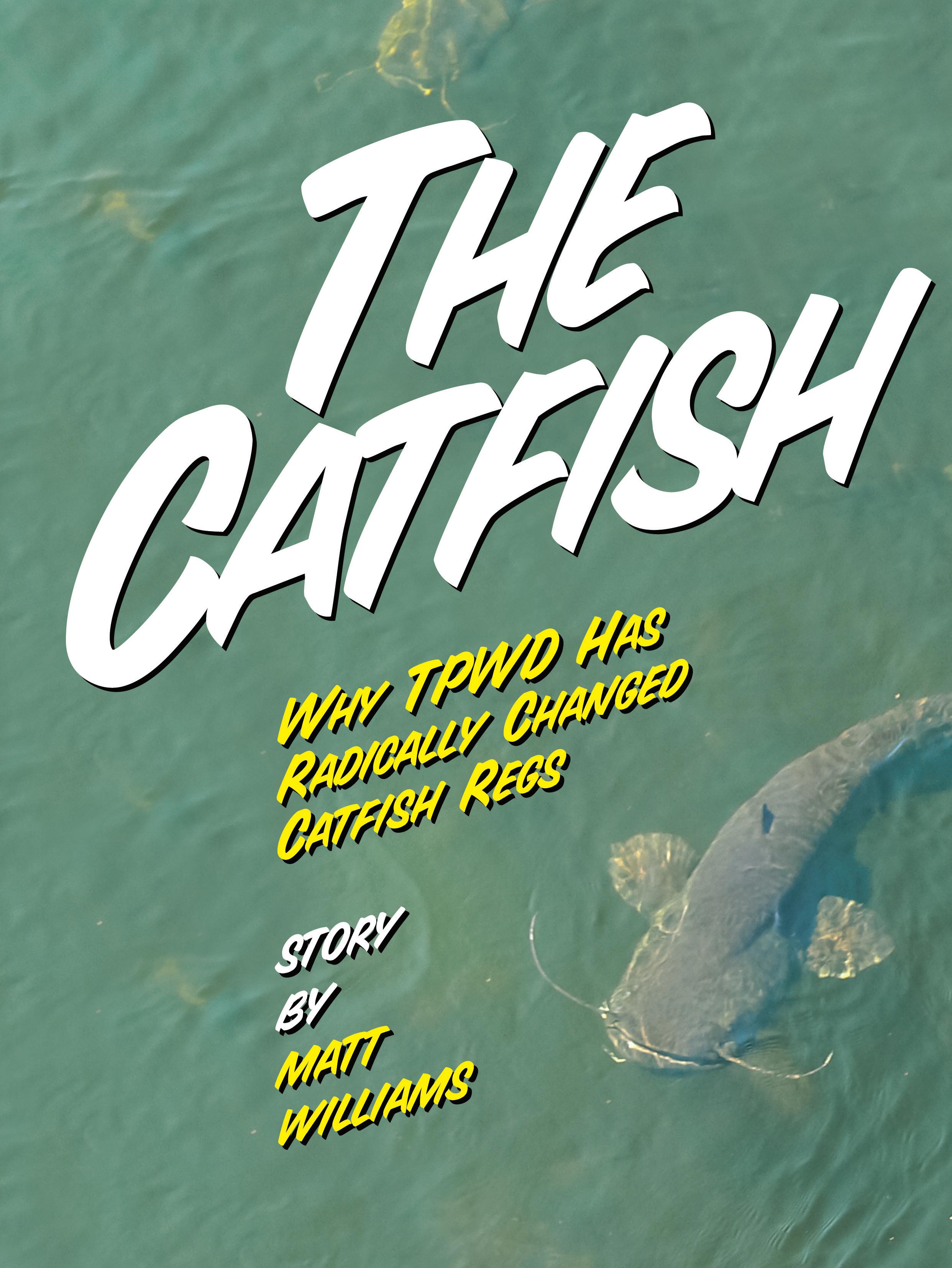
LISTEN UP, TEXAS CATFISH JUNKIES.
Changes in harvest regulations on the tasty whiskered fish could soon be coming to a lake near you.
Fisheries scientists with the Texas Parks and Wildlife Department are whittling down the long list of daily bag and length limits on channel and blue catfish.
TPWD’s focus is to simplify catfish limits and eliminate confusion about Texas’s diverse catfish fisheries. The goal is optimum quality without infringing on those looking to stock their freezer or host a weekend fish fry.
As this issue of TF&G was put to bed in late winter, there were still nearly a dozen different sets of channel and blue catfish regulations on the books. This includes a statewide rule that allows anglers to retain 25 fish daily with a 12-inch minimum length limit.
The current statewide regulation applies to about 85 percent of
Texas’s public waters. The remaining reservoirs, rivers and small lakes have “special limits” that can be confusing.
According to TPWD fisheries biologist John Tibbs, the inland fisheries division is looking to take a more standardized approach. This would combine regulations for channels and blues, while reducing the number of catfish regulations.
Tibbs is a Waco-based inland fisheries district supervisor who heads up TPWD’s statewide catfish management efforts.
He and other TPWD fisheries biologists have built a plan to simplify current catfish regulations and make them more biologically relevant.
As part of the process, TPWD looked to the public for valuable input. The agency found it last spring through an informal catfish advisory committee comprised of guides, trotliners, jug liners, bank fishermen, trophy anglers and tournament pros. The committee was formed to engage in discussions and provide constructive feedback to inland fisheries staff.

Last June, those anglers were invited to participate in a series of online webinars and hear presentations from TPWD staff on possible changes to the state’s catfish management plan.
Tibbs said about 30 anglers actively participated in the webinars. The biologist claims the feedback was almost uniformly positive.
“If there was anything, they were critical of,” Tibbs said, “it was that they wanted to see more reservoirs with a quality/trophy regulation. The take-home message there is just because you slap a trophy regulation on a lake doesn’t mean it will be a trophy lake.”
The suite of possible options presented to the catfish committee included a revised statewide limit that would do away the 12-inch minimum length but still allow anglers to retain 25 daily with no more than 10 fish 20 inches or longer.
The remaining “special” options are geared towards addressing trophy fishery management, large reservoirs where harvest is abundant and waters with a history of excessive harvest and/or limited recruitment.
Tibbs added that possible changes will not impact current regulations on flathead catfish, community fishing lakes or Interjurisdictional fisheries (Texoma, Toledo Bend and Caddo) that are shared with Oklahoma or Louisiana.
Shift to January 2021. Inland fisheries staff presented a series of proposed catfish regulation changes to the TPW Commission ahead of a lengthy public comment period that will still be progress when this issue of TF&G hits the streets in late February or March.
The commission will vote to accept, amend or reject the proposals during its annual regulatory hearing set for March 24-25. If passed, the new regulations will go into effect September 1.
Here is a summary of the proposals, an explanation of each one and to which waters they will apply.
An online presentation with narrative to illustrate the possible changes is available for viewing YouTube, www.youtube.com/ watch?v=ATHcqF1uJSk.
Tibbs said the video should be quite useful in helping anglers better understand the benefits of streamlining catfish regulations and the strategies behind them.
“We’re talking about a whole lot of less regulations, so automatically there would be fewer regulations for anglers to know,” he said. “I think that will make it easier for wardens enforce the regulations. Plus, we believe the regulations will be more effective as far as managing for quality and trophy fish down the road. It will definitely make things better.”
PROPOSED REGS TO GO BY:
NO 1: • Statewide Limit • The Proposal: Daily bag of 25 fish in any combination, no more than 10 fish 20 inches or longer. • The Game Plan: Eliminates the minimum length limit and has the potential to increase numbers of quality-sized fish in some reservoirs. Applicable for waters with abundant blue/channel cat populations in situations where more restrictive regulations aren’t desired or appropriate.
Biologists say eliminating the 12-inch minimum length limit prevents makes it less likely that new and casual anglers might acci-

dentally break the law by retaining short fish. • Where it Applies: About 80-85 percent of Texas’s reservoirs and rivers fit the bill.
NO. 2 • 50 fish daily, no minimum length limit; no more than five fish 30 inches or longer. • The Game Plan: The regulation would limit the take of large numbers of trophy class fish on waters where catfish populations are robust, growth is good and anglers routinely harvest lots of fish using trotlines, jug lines and other passive techniques. The rule is not designed to improve catfish populations, just to protect what is there. • Where It Applies: The regulation is currently in effect on Toledo Bend and Caddo, but has been proposed for Sam Rayburn and Livingston, as well.
NO 3. • 15 fish, 14-inch minimum length limit. • The Game Plan: Applicable for waters where excessive harvest is a possible problem, or where spawning and recruitment is low. • Proposed for lakes Braunig, Calaveras,
NO. 4 • 25 fish daily, no minimum length limit; no more than five fish 20 inches or longer, only one of which may be 30 inches or longer. • The Game Plan: Data indicates this regulation would impact mostly blue catfish anglers. Designed to increase numbers of fish over 20 inches, especially those over 30 inches. Applicable on lakes where anglers want to target trophy fish. Directs harvest toward smaller fish while protecting qualitysized fish in the 20-30-inch range resulting in increased numbers of quality and trophy blue catfish. • Where It Applies: Proposed for lakes Belton, Bob Sandlin, Conroe, Hubbard Creek, Kirby, Lavon, Lewisville, Palestine, Ray Hubbard, Richland Chambers, Tawakoni, and Waco. This regulation will replace all current quality and trophy regulations.
Tibbs pointed out that two other special regulations will remain unchanged: • Lake Texoma (Cooke and Grayson counties) and the Red River (Grayson County) from Denison Dam to and including Shawnee Creek (Grayson County: • Daily bag limit: 15 (in any combination) • No minimum length limits • No more than one blue catfish 30 inches or greater in length may be retained each day
• Trinity River (Polk and San Jacinto counties) from the Lake Livingston dam downstream to the F.M. 3278 bridge • Daily bag limit: 10 (in any combination) • Minimum length limit: 12 inches
No more than two channel or blue catfish 24 inches or greater in length may be retained each day.
Note: Public comment on the proposed changes will accepted throughout most of March leading up to the TPW Commission regulatory meeting. Comments should be addressed to ken.kurzawski@tpwd.texas.gov or john.tibbs@tpwd.texas.gov.
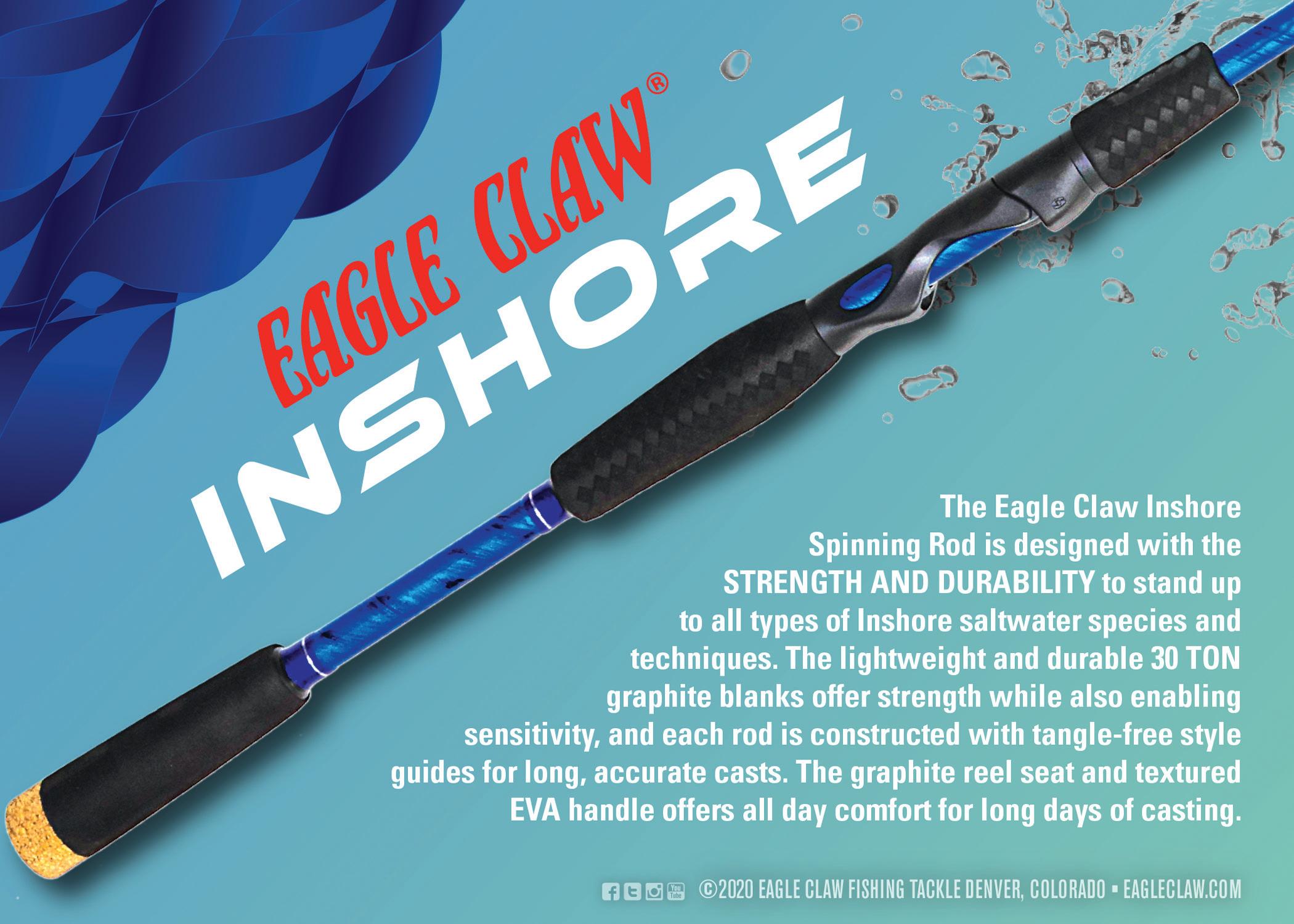
story by CHESTER MOORE


THERE MAY BE NOTHING MORE impressive on the Texas Gulf Coast than seeing a big saddle-blanket-sized ounder slide into your net. at experience has two points of excitement. e rst is seeing such a big ounder. e second is that it actually made it into the net. No sh is be er at getting to the boat, almost in the net and then spi ing the hook.
For the shery, the most important thing for such a ounder is the decision on what to do next.
In 2008, I called for a Flounder Revolution and for anglers to release all ounder measuring 20 inches or be er.
Anglers can only keep one oversized bull red sh a year. ey will get shamed for keeping a huge trout and we even protect oversized black drum, but it has been OK to keep big, breeding-sized ounder.
I shame no one for keeping any legal sh, but I do promote pu ing big ounder back for the sake of the shery. ey produce more eggs than smaller ones, and those eggs have genetic potential to produce more big ounder.
It’s a concept bass shermen have mastered. I believe while ounder sheries are at a record low in numbers it’s time, we remember to conserve the bigger sh. at’s why the Flounder Revolution is back!

Flounder Revolution is back, with a new, more inclusive format.
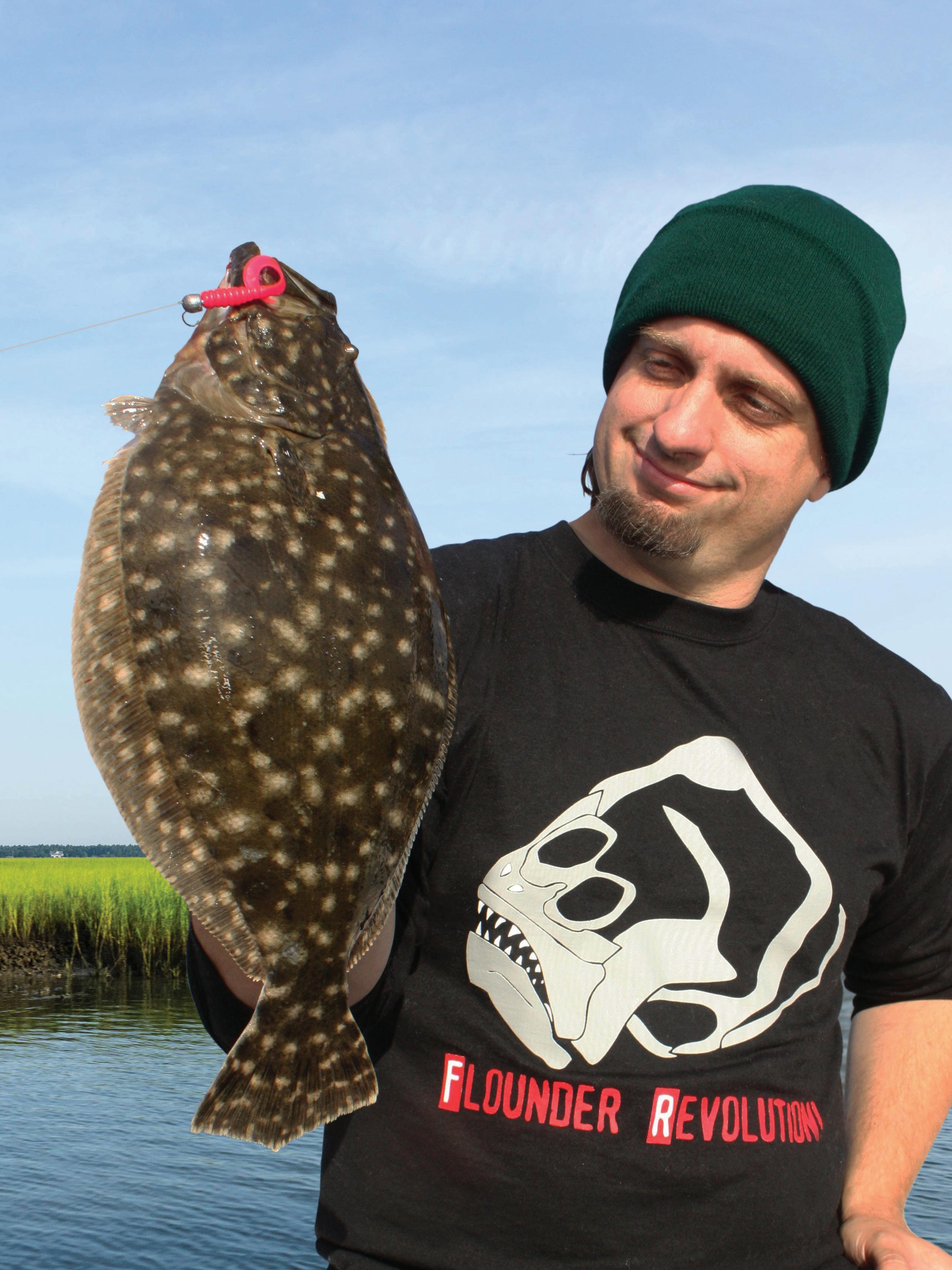

Anglers can earn these special collector’s coins for catchand-release of fl ounder measuring 20 inches or more. Youth age 18 or younger can earn one of these special “First Flounder” tokens if they have caught a fl ounder for the fi rst time since the beginning of 2020.

e ounder catch-and-release conservation program I ran between 2008 to 2013 has been reborn with a new twist.
We are giving some amazing conservation challenge coins to every angler that submits proof of a ounder over 20 inches that they released to produce more of its kind. is is our Flounder Revolution “Catch, Release & Conserve Award.” For anglers who have caught and released a ounder 24 inches or be er, we have another coin called the “Save the Saddle Blanket” award. All anglers who submit sh get a super cool ounder decal as well.
All anglers who enter sh receive an entry for a drawing of special prizes ere is an opportunity for a lucky angler to get a replica of their catch at the end of the year. Get all of

Flounder are just too dang tasty to release them all, but a little discipline can go a long way toward protecting the fi shery.
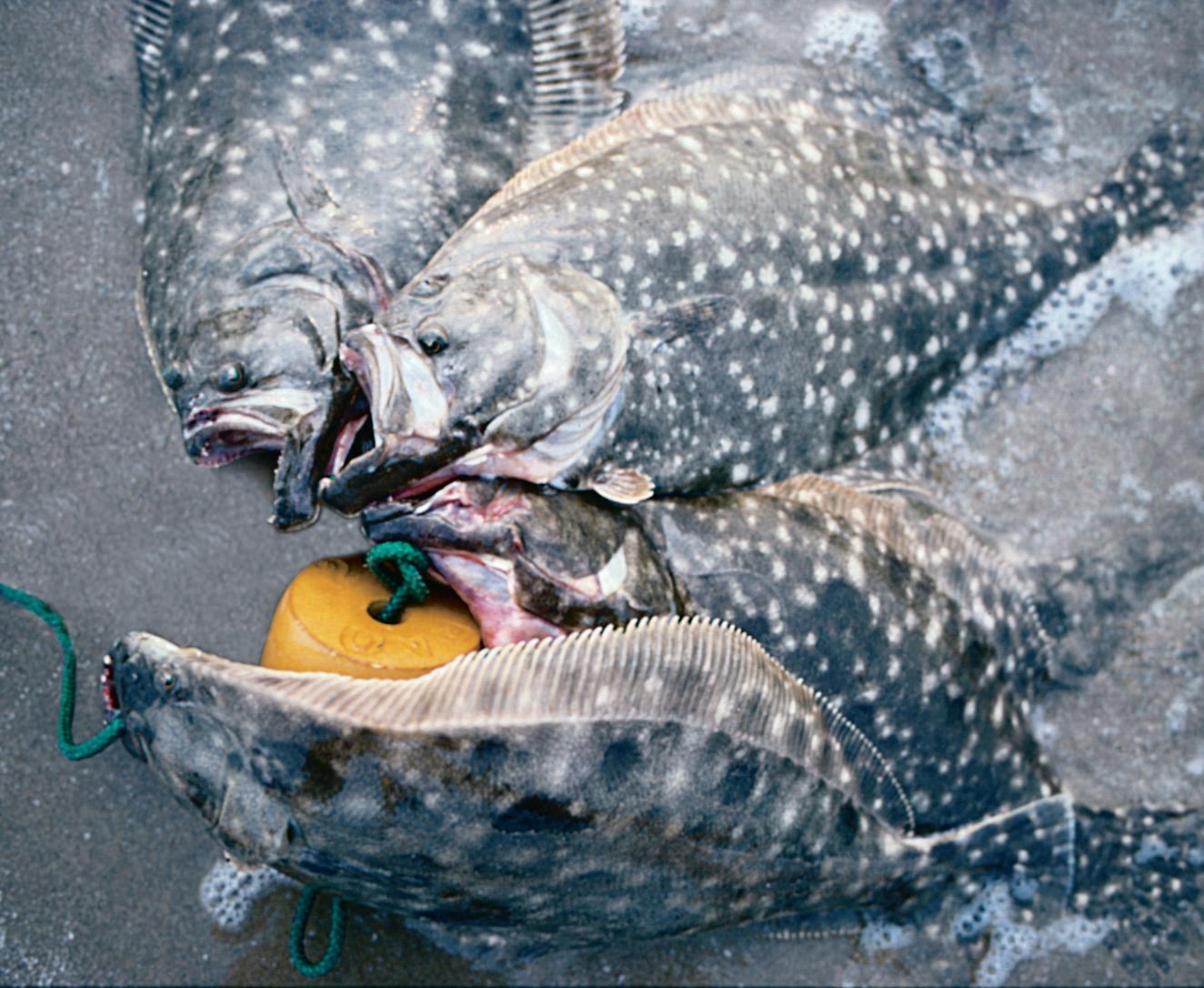
the information at ounderrevolution.com.
Flounder Revolution’s awards are sponsored by CCA-Texas, who have been very generous in funding our awards. ey look so good. I’m going to have to catch and release a big ounder to earn one.
On top of that we have special wooden token challenge coins for kids who catch their rst ounder. If you send a photo of a kid age 17 or under with their rst ounder caught anytime from 2020 on, email the photo to chester@chestermoore.com with their name, age and a mailing address. ey will get one of these collector’s edition tokens and a decal.
Flounder have a short life cycle in comparison to red sh or speckled trout, living six to seven years.
Some might argue they might as well keep a 24-inch ounder because it will probably be its last year anyway.
I say, why not release that sh and give it one more chance to spawn.
Eat the smaller ounder. I do.
Release the big ones and you can help sustain the shery for the future and win some awesome prizes.
Viva La Revolution!



“ e esh is sweeter, where the creature has some chance for its life; for that reason, I always use a single ball, even if it be at a bird or a squirrel; besides, it saves lead, for, when a body knows how to shoot, one piece of lead is enough for all, except hard-lived animals.” – James Fenimore Cooper
EARLY 19TH CENTURY WRITER James Fenimore Cooper, known best for e Last of the Mohicans, captured what many serious modern squirrel hunters understand in their reality. Hunting with a shotgun is great, but hunting squirrels with a .22 takes it to a new level.
In an era when people are looking for new challenges in the outdoors, ge ing back to the old challenge of squirrel hunting may very well be the solution.
Easy Access
Squirrel hunting is fun, a ordable, and very much accessible. Did you know the best squirrel hunting region of Texas, the Pineywoods, has a spring season May 1 to 31 in 51 East Texas Counties? at’s right, and hunters have an opportunity for some of the nest small game hunting anywhere. Also, it’s in a region of the state with much public land.
Whether it’s the Davy Crocke , Sabine, Angelina or Sam Houston national forest, or a myriad of Texas Parks & Wildlife Departmentmanaged public hunting land, this region is ripe for super spring squirrel hunting. e Pineywoods is the heart of squirrel hunting in Texas. It’s deep traditions run back to when schools would close the opening day of the fall squirrel season.


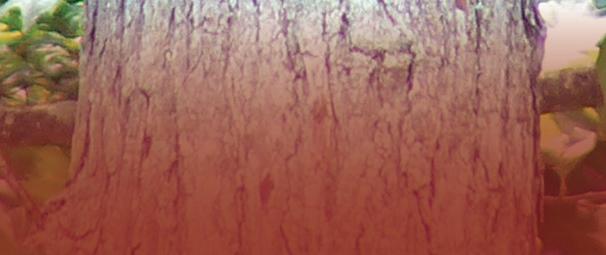
The gray or “cat” squirrel is the most common squirrel in the Pineywoods region and can be a very wary quarry.
But that doesn’t mean great opportunities do not exist elsewhere. Some 157 Texas counties have no season or bag limit on squirrels, so there is always an opportunity to score on some fast-paced action for these fantastic sport animals. Perfect Game for a .22
Squirrels are super sporty where pressured in the Pineywoods and more open terrain in areas like the Hill Country and Cross Timbers o er shot opportunities beyond shotgun range. e CZ 457 platform and its numerous models are great for hunters serious about their squirrels. Always one of CZ popular Varmint models, the Pro Varmint has a heavy 16.5-inch barrel threaded 1/2×28 for use with a suppressor or other muzzle device.
Riding in a black-painted, laminate stock, it incorporates features found on much more expensive stocks without pushing the ri e’s price through the roof. e short barrel gives plenty of time for the cartridge to get a full burn while increasing the barrel’s rigidity, resulting in a ri e that drives tacks—quietly. at means more shots when multiple squirrels are on the scene. e CZ American Synthetic Suppressorready is a variant of the 457 that sports a newly-designed synthetic stock that borrows ergonomics and styling cues from the popular 557 American Synthetic. at synthetic stock, paired with the 457’s nitride nish, makes the ri e near impervious to the elements. 1/2×28 threads and CZ’s especially tight chamber tolerances make this ri e an ideal suppressor host. is ri e has 11mm dovetails milled directly into the CNCed billet action for the solid mounting of rails or rings. It also features a cold-hammer-forged barrel, fully adjustable trigger, push-to- re safety, and an

Suppressor-Ready, Set, Go Gunning for Varmints
THE CZ 457 PRO VARMINT SUPPRESSORReady is one of CZ’s most popular Varmint models. The Pro Varmint has a heavy 16.5-inch barrel threaded 1/2×28 for use with a suppressor or other muzzle device. Riding in a black-painted laminate stock, it incorporates features found on much more expensive stocks without pushing the rifl e’s price through the roof.
One thing the previous rimfi re platOne thing the previous rimfi re platforms were lacking was an Americanstyle push-to-fi re safety — something Hunter’s Education instructors and 4-H shooting coaches have begged CZ to incorporate for years.
Though that was the most obvious change, they also took the opportunity to tweak a load of small things at the same time. In addition to the receiver-mounted, time. In addition to the receiver-mounted, push-to-fi re safety, they chopped almost push-to-fi re safety, they chopped almost an inch of length from the action and slab-sided it to reduce its footprint and weight.
The stamped bottom metal of the 455 is gone, swapped for a classy two-piece interlocking system. To make scope fi tting easier, CZ ditched the 90-degree bolt rotation in favor of 60 degrees, allowing for larger ocular bell diameters with lower ring heights. To top it all off, the 457 now features a trigger that’s adjustable for weight, creep, and over-travel.
With the exact same swappable barrel system as the 455 and the same reliable polymer magazine system, the 457 is polymer magazine system, the 457 is without a doubt the best rimfi re platform without a doubt the best rimfi re platform CZ has ever fi elded. CZ has ever fi elded.


interchangeable barrel system. e CZ 457 Jaguar is a choice for those who love a long sight radius, the Jaguar pairs crisp iron sights with a 28.6-inch barrel. e rear tangent sight is easily adjusted for distances from 25 to 200 meters, and the muzzle is threaded 1/2×28 for a suppressor. With a beechwood stock ideal for open sights, it has grip stippling that follows with the Jaguar motif. The Quarry

Texas is a squirrel-rich state. We have ground squirrels, ying squirrels, and even black squirrels, but the two that hunters pursue most in the state are the fox and gray squirrel.
Fox squirrels are the state’s large tree squirrels.
Texas Parks & Wildlife Department (TPWD) o cials said because of their ability to adapt to a wide range of forest habitats, they are Texas’s most common squirrel.
“ eir greatest numbers occur in the open upland forest with a mixture of oak and nut trees,” o cials said. “Fox squirrels are an important game animal, but their fondness for corn and pecans o en cause them to be considered pests by farmers.”
e eastern gray squirrel is a mediumsized brown or gray tree squirrel with inner yellowish-rusty and gray or white-tipped hairs; has lighter underparts and a brushy tail with varying dark hairs tipped white or yellow. ey are a resident of East Texas and, according to TPWD, prefer hardwood forests, river bo oms, and some pine forests interspersed with hardwoods and clearings. ese squirrels are typically active early in the morning and late in the evening, about 30 minutes before sunset. Fox squirrels will be found feeding more during the middle of the day than their smaller cousin, but both typically follow a morning/evening feeding routine.
Most squirrel hunting is in East Texas, so the squirrels tend to be warier, especially in the southeastern and northeastern river bo oms. Fox squirrels in the Central and Western parts of the state aren’t typically just as shy, but learn quickly.
Picking them o with virtually no recoil, precision-shooting .22s can score tasty squirrels for cooking.
The fox squirrel is the largest squirrel in Texas and is found in a wide range but prefers more open forests.
Reviving Hunting
every state, including Texas, during year one of the COVID-19 pandemic. Many sought solace in the woods, and according to numerous wildlife o cials, small game hunting, especially squirrel hunting, saw an uptick in interest.
In discussions with people at the highest level of the hunting industry, TF&G has had numerous o cials tell us that it is vital to get young kids hooked on small game, mostly squirrels and rabbits.
Expecting an eight-year-old to be able to judge whether a buck is a two or four-yearold or make a 300-yard shot at a pronghorn is pu ing undue pressure on them.
Taking them out with a .22 in pursuit of squirrels gives them a potentially actionpacked adventure that provides quality food and a chance to get con dent with a rearm.
For adults, it’s a great way to spend some o -season fun and maybe revive the pure love of hunting they had when their parents took them hunting for the very rst time.










